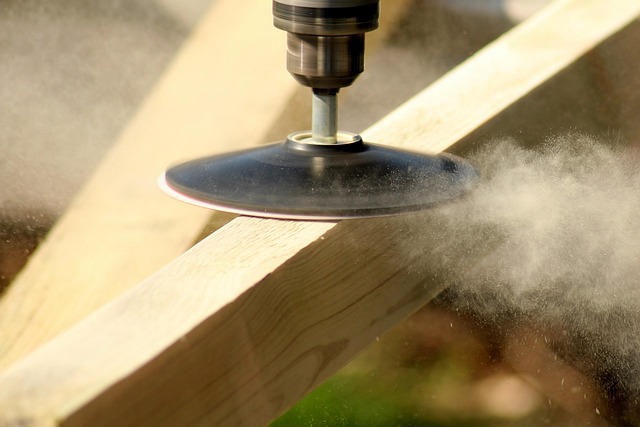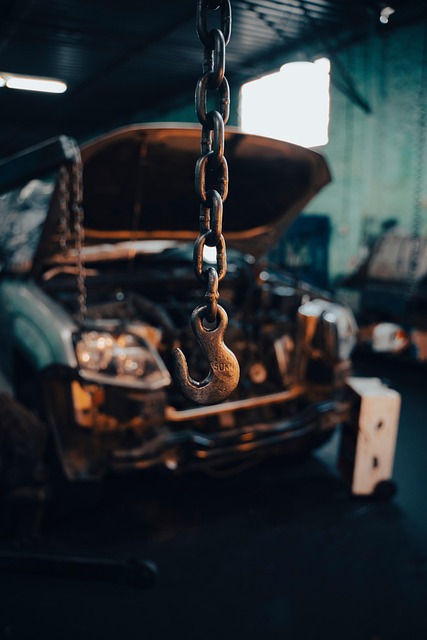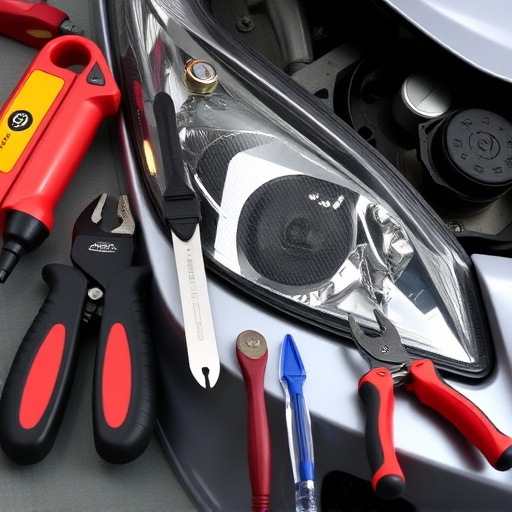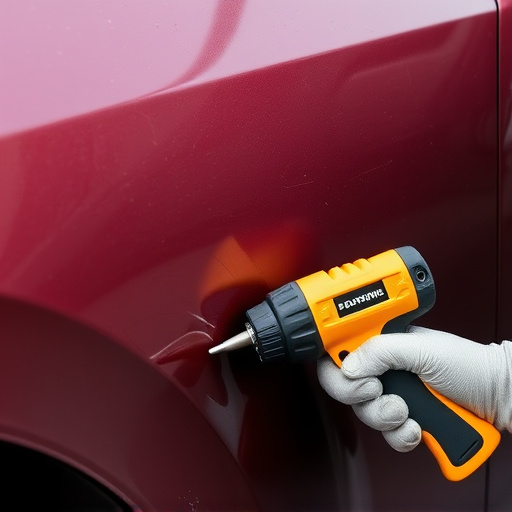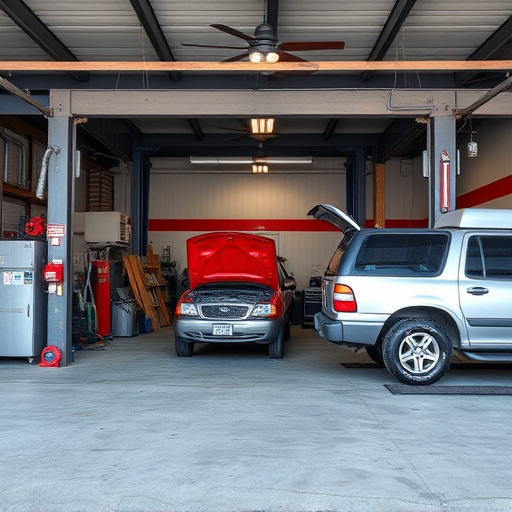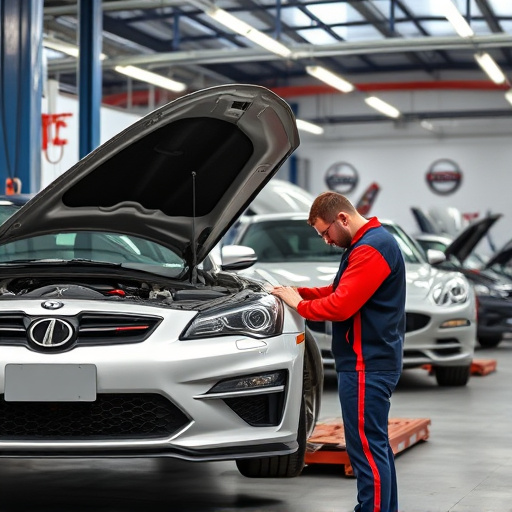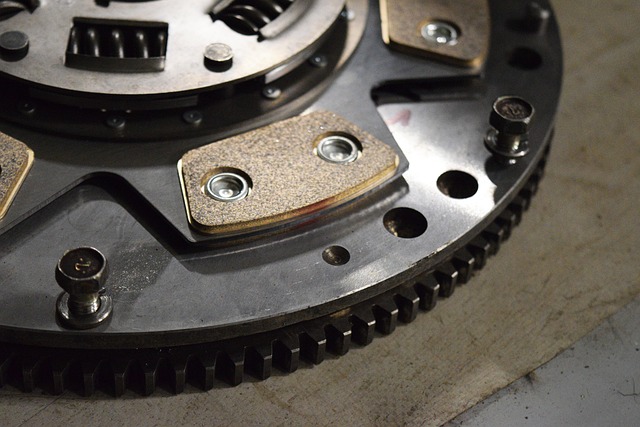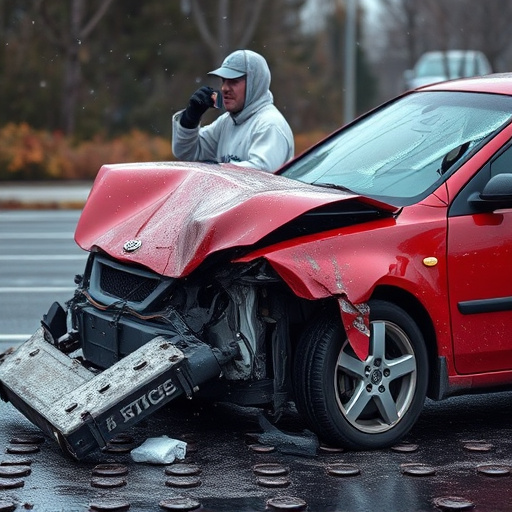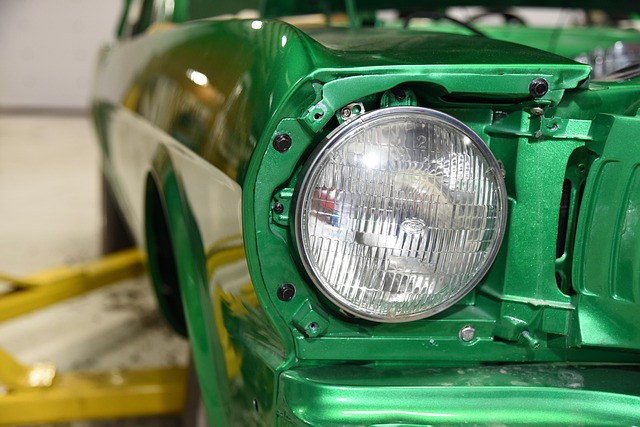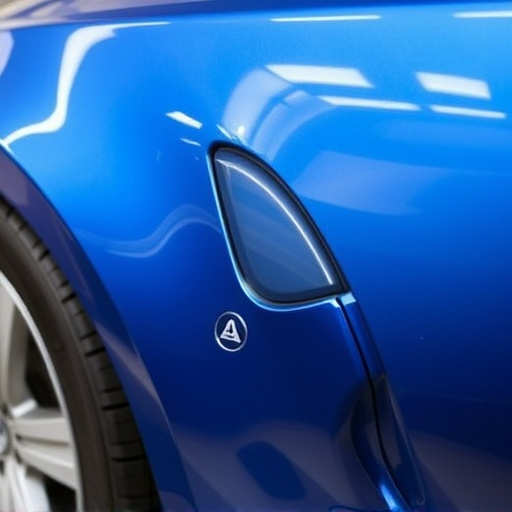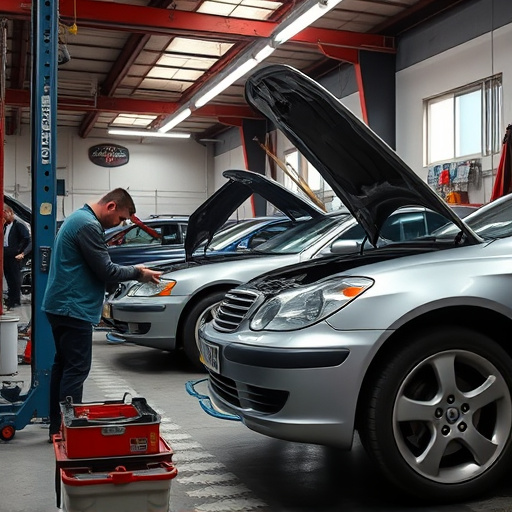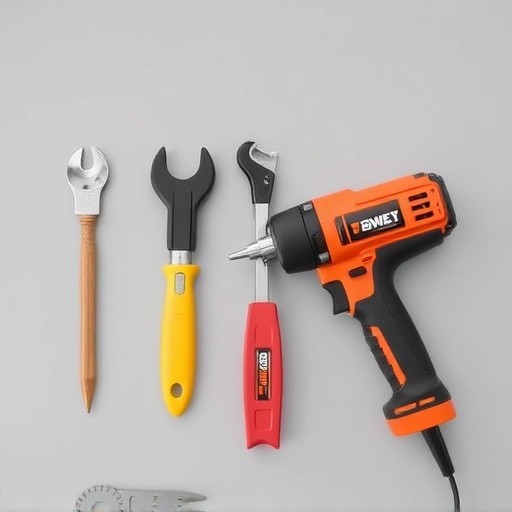Mercedes glass sensor calibration is crucial for precise ADAS function after auto glass replacement. Inaccurate calibration can cause safety system malfunctions, increasing accident risk. Specialized collision repair shops use advanced tools to ensure optimal sensor performance and enhance Mercedes owners' safety and driving experience.
Mercedes glass sensors play a critical role in modern vehicle safety and performance. When replacing these sensors, proper Mercedes glass sensor calibration is essential for optimal function. This article delves into the significance of calibration after replacement, exploring its impact on safety, efficiency, and overall driving experience. Learn how accurate calibration restores seamless operation and ensures your Mercedes reaches its full potential.
- Understanding Mercedes Glass Sensor Calibration
- The Impact of Not Calibrating After Replacement
- Accurate Calibration: Restoring Optimal Performance
Understanding Mercedes Glass Sensor Calibration
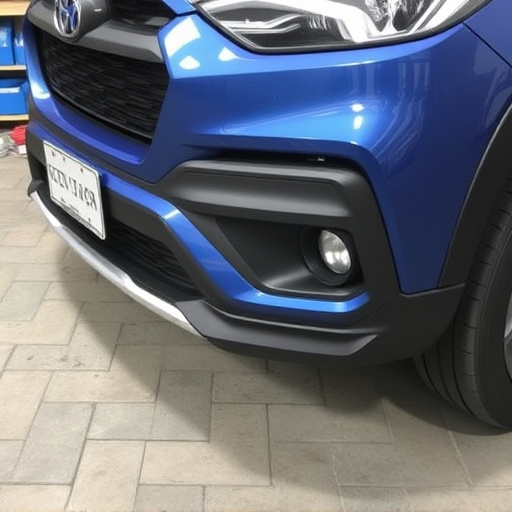
Mercedes glass sensor calibration is a critical process that ensures the precise functioning of your vehicle’s safety systems. These sensors are integral to advanced driver-assistance systems (ADAS), including lane-keeping assist, adaptive cruise control, and automatic emergency braking. After replacing a Mercedes glass sensor, it’s crucial to calibrate it accurately because even the slightest misalignment can compromise these life-saving features.
Proper calibration involves adjusting the sensor’s sensitivity, range, and positioning to match the vehicle’s specific parameters. A collision repair shop specializing in luxury vehicle repair understands this intricate process and uses advanced diagnostic tools to ensure the new sensor performs optimally. By maintaining proper calibration, your Mercedes will continue to offer enhanced safety and driving experiences, making it a vital aspect of regular vehicle bodywork maintenance.
The Impact of Not Calibrating After Replacement
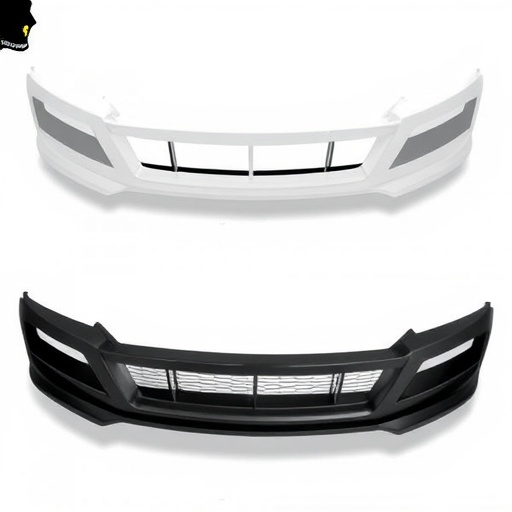
Not calibrating a Mercedes glass sensor after replacement can have significant implications for the vehicle’s performance and safety systems. These sensors play a crucial role in various advanced driver-assistance systems (ADAS) designed to protect drivers, passengers, and other road users. If not calibrated correctly, the sensor data may be inaccurate, leading to malfunctions or false readings in critical functions such as adaptive cruise control, lane-keeping assist, and automatic emergency braking.
In a collision repair shop or auto body shop, proper calibration is often overlooked but is an essential step in the auto glass replacement process. Skipping this step can result in inconsistent performance of these safety features, potentially increasing the risk of accidents. Therefore, ensuring accurate sensor calibration after any glass replacement is vital to maintain optimal vehicle functionality and enhance road safety.
Accurate Calibration: Restoring Optimal Performance
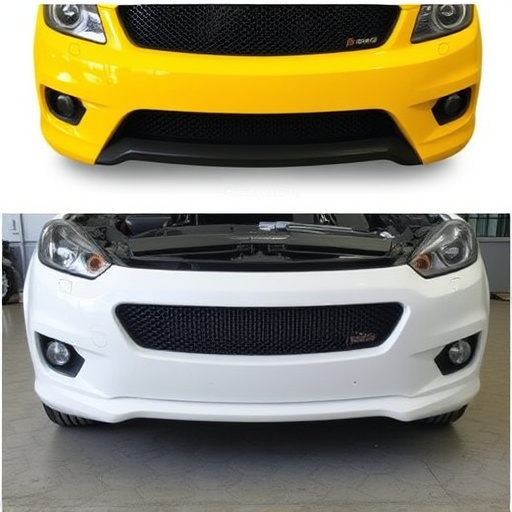
After replacing Mercedes glass sensors, accurate calibration is paramount to restoring optimal performance. These sensors play a crucial role in various safety and comfort features within the vehicle, such as adaptive cruise control, lane-keeping assist, and automatic headlights. Even minor discrepancies in sensor readings can lead to malfunctions or erratic behavior of these systems. Calibration ensures that each sensor provides precise data, enabling the vehicle’s computer to make accurate decisions based on reliable inputs.
Proper calibration involves meticulously adjusting and fine-tuning the sensors’ parameters to match the specific requirements of the Mercedes model. This process requires specialized tools and expertise, often best handled by a reputable collision repair shop or auto body repairs specialist. By undergoing this meticulous procedure, car collision repair experts can guarantee that replacement glass sensors operate seamlessly with the vehicle’s overall electronics, enhancing both safety and driving experience.
Mercedes glass sensors, crucial for vehicle safety and performance, require accurate calibration after replacement to ensure optimal functioning. Neglecting this step can lead to subpar sensing capabilities, impacting driving experience and safety. Thus, it’s essential to calibrate these sensors for precise readings and reliable operation, restoring the vehicle’s performance to its peak potential.

